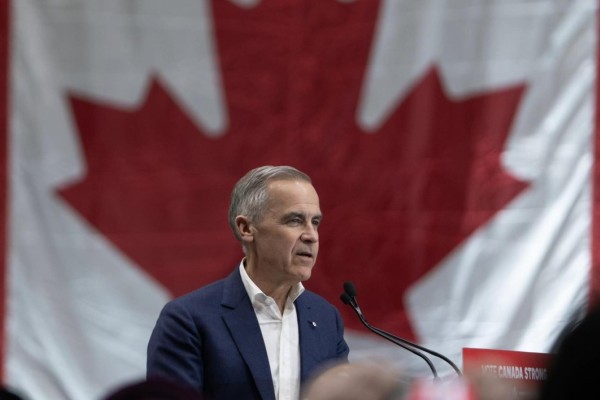Now is the time to turn the tide on the deindustrialization of Canada
History shows that we need to do much better in ensuring that the pain of economic restructuring is shared much more fairly

Closure of SKF’s Scarborough plant, December 9, 1981. Photo by Keith Beaty/Toronto Star.
Donald Trump clearly has a bone to pick with Canada.
By threatening a devastating 25 percent tariff on most of Canada’s exports to the United States, but only 10 percent on China, Trump is signalling that Canada and Mexico are his primary targets in this trade war.
One might very well wonder why.
While it is impossible to know what is running through Trump’s mind, he is clearly intent on repatriating manufacturing jobs and deindustrializing Canada unless we become the 51st state. Otherwise, he has repeatedly said that the US doesn’t need anything that Canada sells. It should all be made in the USA. Faced with this uncertainty, Canadian-based companies are now faced with difficult choices. Some are already shifting production as most of their customers are south of the border. It is economic warfare at its most cruel.
It is like the “Nixon Shock,” only worse.
In August 1971, President Richard Nixon decided to overturn the global monetary system of fixed exchange rates and encouraged US multinational companies to repatriate manufacturing jobs. He imposed a temporary 10 percent surcharge on all imported goods. One senior Toronto banker at the time called the surcharge a “nuclear warfare type of tax” that threatened Canadian prosperity. Such was our dependence on the US market. If 10 percent was going nuclear, what do you call 25 percent today?
The Canadian economy is even more vulnerable today to US tariffs, given how enmeshed our economies have become. After the signing of the free trade agreement with the United States in 1987, Canada went through a similarly painful process of industrial restructuring. Our branch plant economy, which served the domestic market, was made largely redundant. Ontario alone saw 300,000 manufacturing workers lose their jobs between 1989 and 1992.
My new book, The Left in Power: Bob Rae’s NDP and the Working Class, speaks to how progressive governments at the time struggled to direct the course of economic change while softening the blow on those most impacted: working class people. It was a period of considerable policy experimentation, but ultimately failure to create an alternative path to neoliberalism. We can still learn much from the successes and failures of this period of dramatic industrial restructuring, if we need to redirect our economy rapidly to other parts of the world.
History shows that we need to do much better in ensuring that the pain of economic restructuring is shared much more fairly. You could call this a just transition.
No doubt, those on the political right will continue to say that to compete in the global economy and attract investment, Canada will need to roll back wages, taxes and government regulations even more than we already have. It is the same old tune. After the signing of free trade agreements, the federal Tories and Liberals made it much harder to get unemployment insurance, reducing eligibility and thus forcing people into the ranks of the working poor or onto welfare rolls. They even clawed back severance pay from displaced workers. The economic pain was essentially downloaded onto working class people. No wonder so many are hopping mad.
The rise of the populist right in deindustrialized areas, like the US Rust Belt, is a legacy of this policy failure. We need to break this cycle. If we want to turn the tide of deindustrialization and create manufacturing jobs for the economy of the future, we need to be bold. And it starts now, not in some distant future.
Steven High is a professor of history at Concordia University. His new book, The Left in Power: Bob Rae’s NDP and the Working Class (Between the Lines) is available now.










